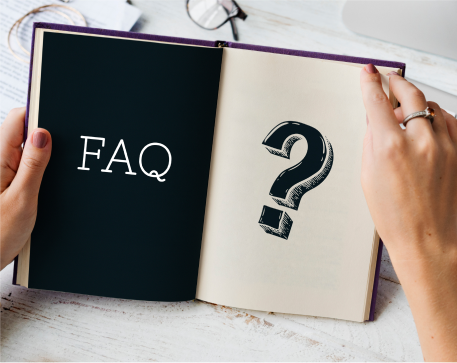Ready to learn?
Take the first step toward achieving your educational goals. Whether you’re preparing for exams or expanding your knowledge, getting started is just a click away. Join us today and unlock your full potential
832, utkarsh bhawan, near mandap restaurant, 9th chopasani road, jodhpur rajasthan - 342003
support@utkarsh.com
+91-9116691119
Support
Learning Resources
Rajasthan Govt Exams
Central Govt Exams
Civil Services Exams
Nursing Exams
School Tuitions
Other State Govt Exams
Agriculture Exams
College Entrance Exams
Miscellaneous Exams

© 2025 Utkarsh Classes & Edutech Pvt. Ltd. All Rights Reserved

Utkarsh Classes
Updated: 14 Jun 2024
3 Min Read

14 June is observed annually as World Blood Donor Day worldwide. This day is observed to raise awareness amongst the people about the significance of donating safe blood and saving other lives.
The World Health Organisation first observed World Blood Donor Day in 2004 to encourage people to voluntarily donate safe blood.
Later in 2005 the World Health Assembly of the World Health Organisation formally adopted a resolution and declared 14 June as World Blood Donor Day.
The day 14 June was chosen to pay tribute to the Austrian biologist and immunologist Karl Landsteiner, who was born on 14 June 1886.
Karl Landsteiner discovered that humans have four different types of blood groups: A, B, O, and AB. He and his colleagues later discovered the Rh factor in blood. His work on human blood led to the development of safe blood transfusions between compatible blood groups in humans. In 1930, he was awarded the Nobel Prize in Physiology or Medicine for his path breaking work on human blood.
Human blood groups are classified into four major groups based on the presence or absence of two antigens, A and B. An antigen is a substance to which the human body's immune system responds. Thus, if the body's immune system finds an antigen that is not found in the human, it will attack the foreign antigen. Thus, for safe blood transfusion, the donor's blood shall be of the same antigen as the recipient's.
Thus on the basis of the presence of Antigen A or B on the surface of red blood cells and a protein called the Rh factor, human blood is classified into 8 common blood types: A+, A-, B+, B-, O+, O-, AB+, AB-)
If the Rh factor is present, then it is denoted by the (+) symbol, and if it is absent, then it is denoted by the (–)symbol.
|
Recipient Blood Type |
Blood Donors Type |
|
A+ |
A+, A-, O+, O- |
|
A- |
A-, O- |
|
B+ |
B+, B-, O+, O- |
|
B- |
B-,O- |
|
AB+ |
Universal Recipient |
|
AB- |
AB-, A-, B-, O- |
|
O+ |
O+, O- |
|
O- |
O- |
Rh blood system
Rh+ can receive blood from: Rh+ and Rh-
Rh- can receive blood from Rh-
O Rh- blood can receive only O Rh- blood.
People with O Rh+ can receive both O Rh+ and O Rh- blood.
People with blood type AB Rh+ can receive blood from all blood types and are, therefore, called Universal receivers.
The World Health Organisation chooses the theme of World Blood Day. The 2024 theme is 20 years of celebrating giving: thank you, blood donors.
The first World Blood Donation Day was observed by WHO in 2004 and 2024 marks the 20th anniversary of the annual World Blood Donor Day.
Top Posts
Frequently asked questions

Still have questions?
Can't find the answer you're looking for? Please contact our friendly team.
Visit an Offline Centre Near to You.

1-Liner PDFs FREE !
Kumar Gaurav Sir ki Class PDF aur Daily One-Liner CA – Bilkul Free! Rozana preparation ko banaye aur bhi Damdaar!